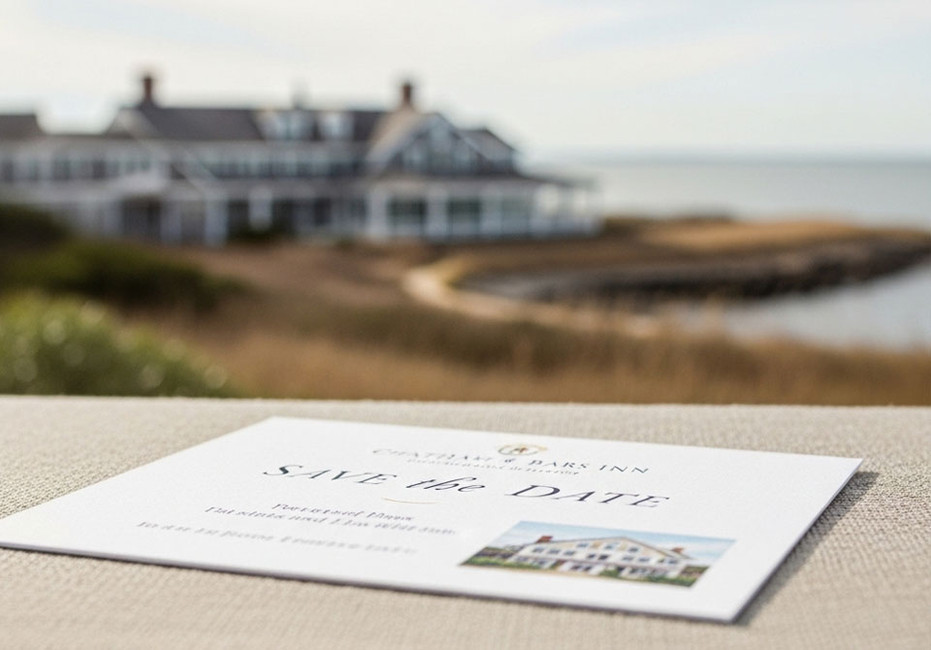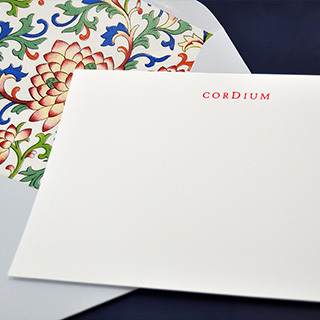Is 14 Months Too Early to Save the Date?
Oct 10th 2025
Saving the date is often the first big milestone in wedding planning, and for many couples it raises the same question: is 14 months too early to save the date? The short answer is: it depends on a few key factors, but there are real upsides to locking in a date well in advance. In this post, we’ll explore why you might want to send a save the date 14 months ahead, when it makes the most sense, and how to do it thoughtfully so it doesn’t feel like you’re jumping the gun.
Why you might want to save the date 14 months ahead
Save the date notices serve several practical purposes beyond the simple act of announcing a wedding. Here are some compelling reasons to consider sending them roughly 14 months in advance:
- Big guest travel plans: If many guests are traveling from out of town or internationally, having substantial notice helps with flight bookings, hotel reservations, and potential group discounts.
- Venue and vendor availability: Popular venues and top-tier vendors can book up quickly, especially for peak wedding seasons. A 14-month notice can secure your preferred date before it slips away.
- Family calendars and planning: For guests with children, work schedules, or university calendars, longer lead times make coordinating attendance easier.
- Save the stress later: Early scheduling reduces the likelihood of last-minute changes, which can cascade into stress for you and your guests.
How to determine if 14 months is right for you
Not every couple or every wedding demands such early notice. Consider these factors when making your decision:
- Season and location: If you’re getting married in a destination or during a highly popular season, 14 months can be prudent. If your date is flexible or you’re tying the knot in a less busy period, you might opt for a shorter lead time.
- Guest list size: A larger guest list increases the likelihood that some people will need to plan far in advance, so save the date messaging can be more valuable.
- Personal timelines: If you have deadlines tied to family or venue contracts, aligning your save the date with those milestones can prevent overlaps and confusion.
- Budget considerations: While save the dates themselves are inexpensive, the need to scale invitations and RSVPs later can be easier to manage when you’ve already set expectations early.
Crafting an effective save the date
The most important thing about a save the date is clarity. You’re not asking for RSVP yet; you’re simply giving guests a heads-up about the upcoming wedding date. Here are tips to make your save the date both useful and enjoyable:
- Include essential information: date, location (city or venue if confirmed), and a note that a formal invitation with details will follow.
- Keep the design aligned with your style: consistent with your wedding theme, colors, and fonts so guests recognize it as part of your big picture.
- Mention the wedding website if you have one: a URL can be helpful for guests to track updates without overloading the card with details.
- Consider the format: digital save the dates (email or a bridesmaid-drive wedding website) can be cost-effective and easy to update; printed cards still work beautifully for a formal touch.
Timing and etiquette tips
Thinking about timing also involves etiquette and practicality. Here are some guidelines to help you navigate this step gracefully:
- Typical timing: Most couples send save the date cards 6 to 12 months before the wedding for domestic events; 9 to 12 months is a common window for many. At 14 months, you’re giving a generous lead time, which some guests will appreciate.
- International guests: For guests traveling long distances, a 14-month lead time can be particularly considerate.
- Changes happen: It’s still acceptable to change the wedding date after you’ve sent save the dates, though it requires thoughtful communication and potentially reprinting or updating digital notices.
Budget impact and practical considerations
Senders often worry about the cost of early save the date announcements. Here are practical considerations to balance:
- Digital vs. printed: Digital save the dates are budget-friendly and eco-friendly, while printed versions can be keepsakes. Consider a hybrid approach to balance cost and sentiment.
- Bulk ordering: If you’re choosing a printed approach, bulk orders can reduce per-unit costs, but be mindful of potential changes in your guest list.
- Updates and changes: If your plans are still fluid, consider a save the date that is easy to revise, such as a digital card or a template you can update without reprinting.
Final thoughts
A 14-month lead time for save the date can be a smart, thoughtful choice depending on your venue, guest list, and travel plans. It offers guests ample planning space, a chance to secure key vendors, and a smoother path to a well-organized celebration. If you decide to go with a 14-month save the date, approach the process with clear communication and a design that reflects your unique style. Your guests will thank you for the thoughtful heads-up, and you’ll enjoy the confidence that comes with giving everyone plenty of time to celebrate your upcoming wedding. Save the date, your future selves and your guests will appreciate the foresight.




